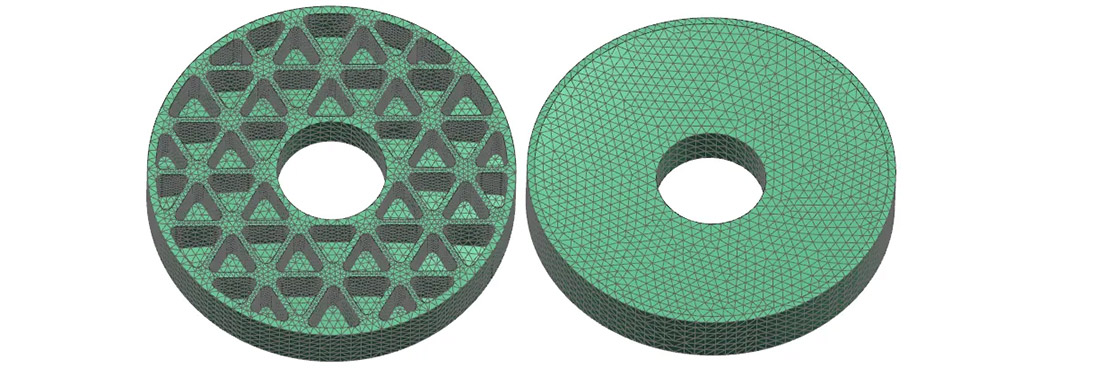In the boundless universe, there is a special kind of“Eye” is staring at the Earth and the stars. They are space telescopes, which help us to understand the universe and explore the unknown world. They have been widely used in astronomical observation, space exploration, resource exploration and other fields. The Webb telescope, for example, gives us a glimpse of the most distant and clear images of cosmic objects ever seen.

Large-aperture mirrors are key components of space telescopes that focus distant starlight into sharp images. In order to improve the resolution and imaging quality of telescopes, the demand for larger aperture mirrors is never-ending. However, with the increase of the mirror diameter, a series of technical problems will be introduced, such as dead weight deformation, temperature difference deformation, cost increase, and space limitation.
1. Model
In Zemax, the reflective surface is derived, and the initial structure of the reflector is obtained by assigning a certain thickness according to the full aperture and the ratio of diameter to thickness. At the same time, in order to reduce the influence of self-weight deformation on the mirror surface shape, round, sector, triangle, quadrilateral, hexagonal, complex and other lightweight slot is dug on the back of the mirror. Lightweight steel bar thickness should be uniform, to ensure that the shape of the anisotropic dead weight uniform.

2. Divide the Grid
The mirror must be meshed automatically, otherwise the mirror surface will be seriously distorted, and the analysis results can not reflect the true surface deformation. According to the size of the mirror aperture, reasonable control of the mesh size (generally 3 ~ 5mm) , and grid quality inspection.

3. Define materials
In order to ensure the high stability of the mirror in complex thermal environment, the substrate material with high elastic modulus, high specific stiffness and low thermal distortion should be selected. At present, the common materials are as follows: glass-ceramics and silicon carbide are widely used. Silicon carbide is a ceramic composite, its hardness is second only to that of diamond.

4. Set boundaries
The reflector is regarded as an elastomer, and the far-end constraint is imposed on the support interface, according to the requirements of the mirror shape, design weight, lightweight ratio, first-order mode, etc. . The loads considered include:

1) self-weight: gravity is one of the main factors affecting the shape of the mirror. In view of the inconsistency between the direction of the mirror shape detection and the practical application, it is necessary to apply 1g load in x direction, y direction and z direction respectively for the surface shape analysis.

2) temperature difference: the temperature distribution and thermal expansion coefficient of opto-mechanical structure are not uniform, which leads to mirror distortion and affects the image quality. Therefore, the temperature load should be applied, and the temperature rise is generally 4 ° C ± 2 ° C.

3) flatness: the plane uncoupling will lead to the serious deformation of the reflector, and the forced displacement (3um, 5um, 10um) can be applied to any local area of the back of the reflector, thus providing the basis for determining the flatness.

5. Surface shape fitting
The displacement of the mirror joints obtained by finite element analysis includes the rigid body displacement and the mirror distortion. Usually, the Zernike polynomials are used as the fitting tools, and the surface shape fitting algorithm is compiled in MATLAB environment. The Zernike coefficients of the distorted mirror are obtained by least squares, and the shape parameters PV, RMS and so on are obtained.

6 .Performance analysis
The Zernike coefficient is imported into professional optical software, such as Zemax, CodeV, SigFit, and so on, to analyze the optical performance and obtain off-axis, off-focus, tilt, astigmatism, aberration, spherical aberration, etc. .

The statics analysis of large-aperture reflector is one of the key techniques to ensure the imaging quality of the telescope. By analyzing the deformation of the mirror under various environmental conditions, we can optimize the design parameters and improve the manufacturing accuracy. With the continuous development of science and technology, large-caliber mirror will be more accurate and stable to serve the cause of human space exploration.
